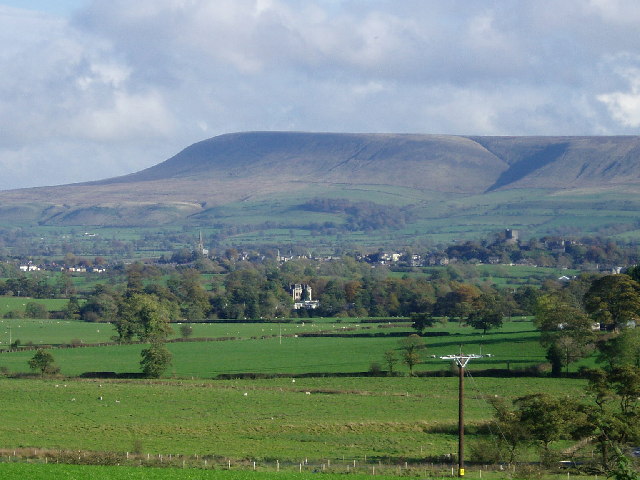And from miniscule frogs, let's move to another kind of amphibian. Late last year, a "witch's house" was discovered buried in a grassy mound on Pendle Hill, Lancashire.
How did the historians know it was a witch's house? Because it looked like one!
But how did they actually know it was a witch's house? Because it had a cat's skeleton bricked up in one of the walls, and because Pendle was the origin of some famous witch trials, precisely 400 years ago.
This didn't seem sufficient evidence to me, so I started looking into the question in more detail. One thing we know about witches is that they turn people into newts. So if witchcraft really was prevalent in Pendle, there ought to be a disproportionate number of salamandrids in the area.
Interestingly, records show that Lancashire has a high number of great-crested newts relative to the rest of Britain. There are none, however, in the Pendle district.
We can conclude, therefore, that Lancashire in general is good witch country, but Pendle Hill is not. Unless of course the lack of newts there reflects over-consumption by broomstick-wielding harridans. Further work is required...
 |
| Pendle Hill |
How did the historians know it was a witch's house? Because it looked like one!
But how did they actually know it was a witch's house? Because it had a cat's skeleton bricked up in one of the walls, and because Pendle was the origin of some famous witch trials, precisely 400 years ago.
This didn't seem sufficient evidence to me, so I started looking into the question in more detail. One thing we know about witches is that they turn people into newts. So if witchcraft really was prevalent in Pendle, there ought to be a disproportionate number of salamandrids in the area.
 |
| A common (some would say rabid) newt. |
Interestingly, records show that Lancashire has a high number of great-crested newts relative to the rest of Britain. There are none, however, in the Pendle district.
We can conclude, therefore, that Lancashire in general is good witch country, but Pendle Hill is not. Unless of course the lack of newts there reflects over-consumption by broomstick-wielding harridans. Further work is required...
Comments